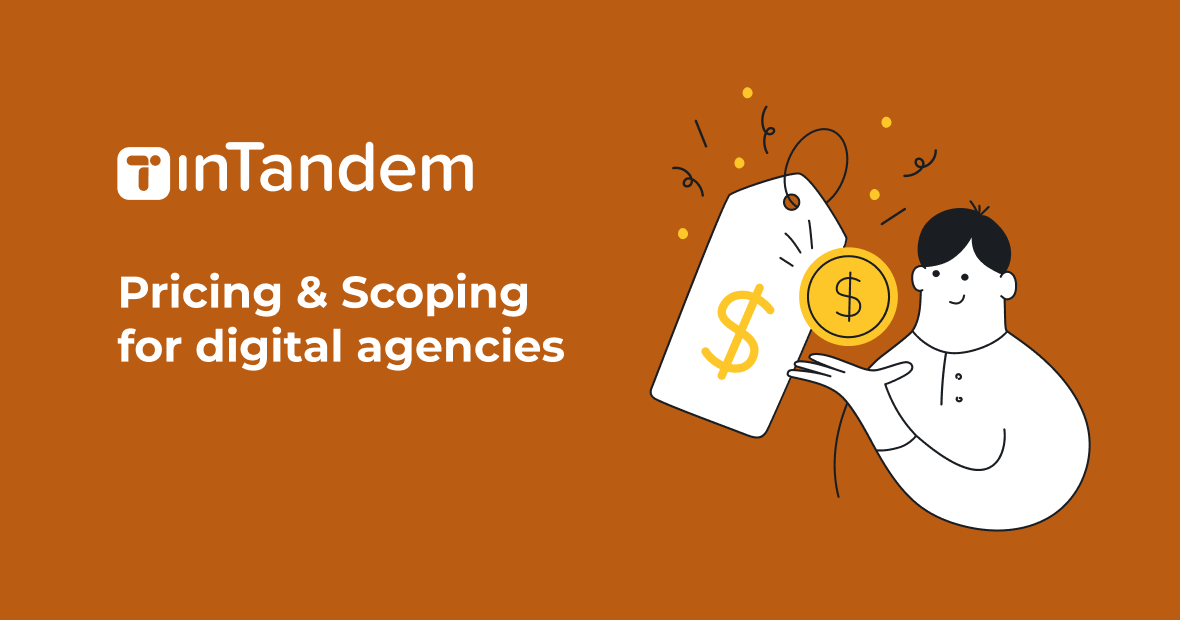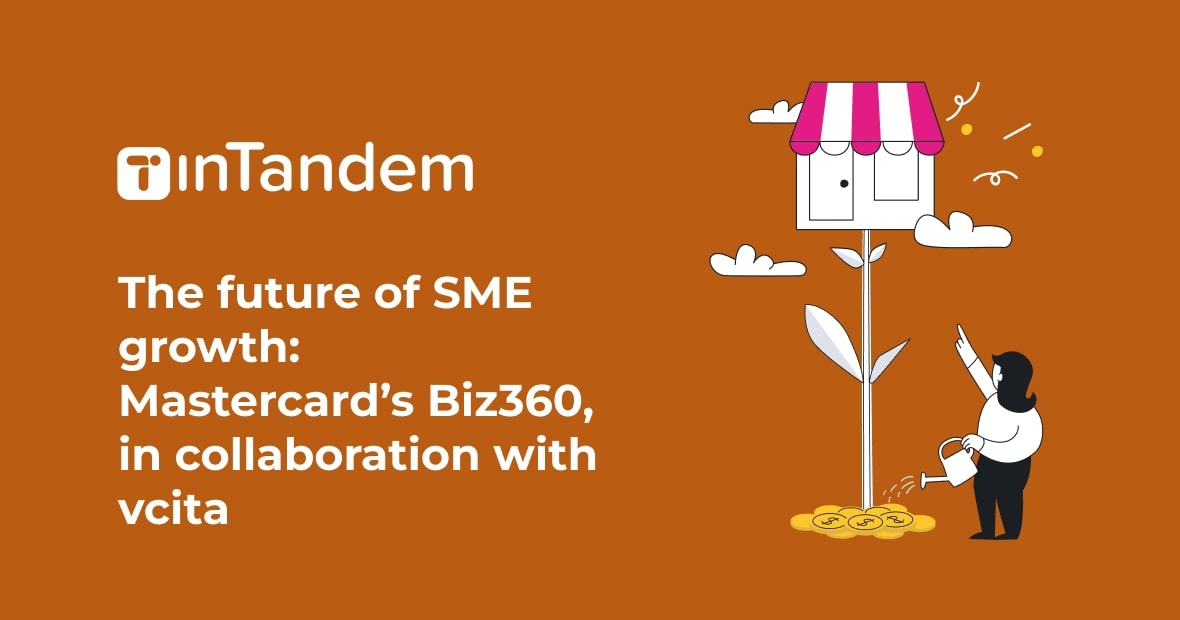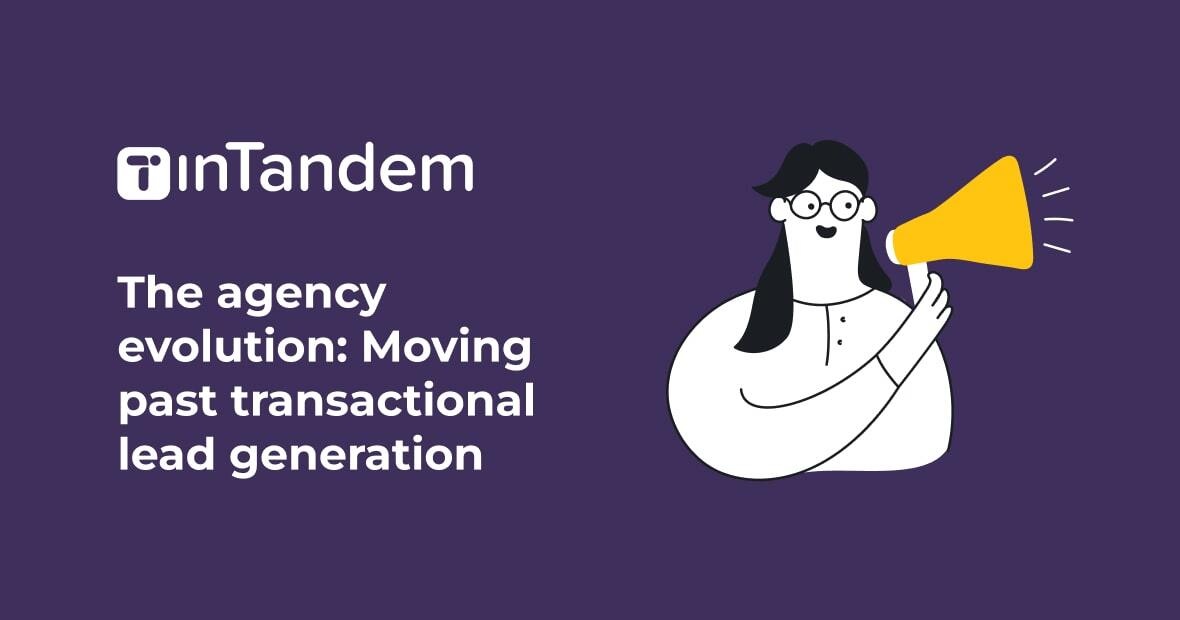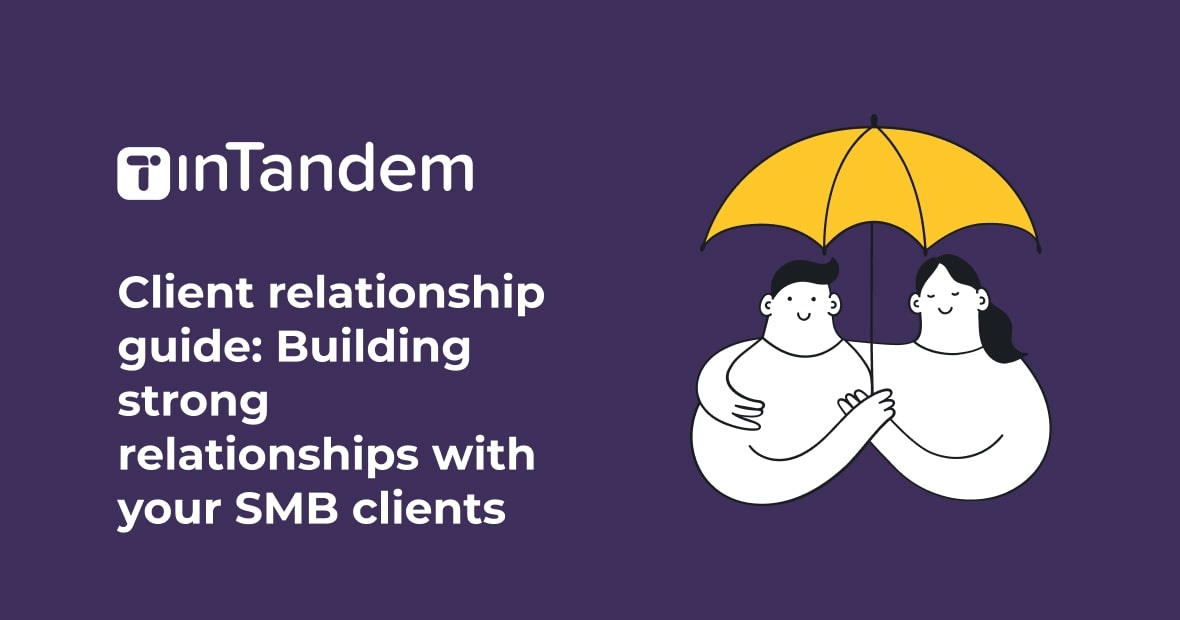For digital marketing agency owners, determining pricing for their services is one of the biggest challenges that they face on a regular basis. It can be tricky to set pricing that’s both appealing to your clients and financially sound for your business. Putting a price tag on non-tangible services and covering operational costs while maintaining positive ROI are commonly cited as sources of stress around billing.
That’s not to mention the confusion that comes along with deciding which pricing proves ideal for your business, as there are so many possibilities used in the industry. From taking a retainer to charging a flat fee per project to billing by the hour, it’s difficult to know which billing model is maximally profitable for your agency.
Fortunately, Marcel Petitpas, an agency expert, gave us a breakdown of the best practices for agencies to get their pricing right. During a webinar hosted by vcita, he explained how agencies can streamline their revenues and billing models, and ensure that they are getting the ideal return on investment for their manpower hours and resources allocated to a particular project or client.
How does an agency calculate profit?
Marcel says that the very first metric agencies should look at when determining profitability is their AGI – Agency Gross Income. This term refers to the total amount of revenue collected by your agency, that’s owned by your business alone.
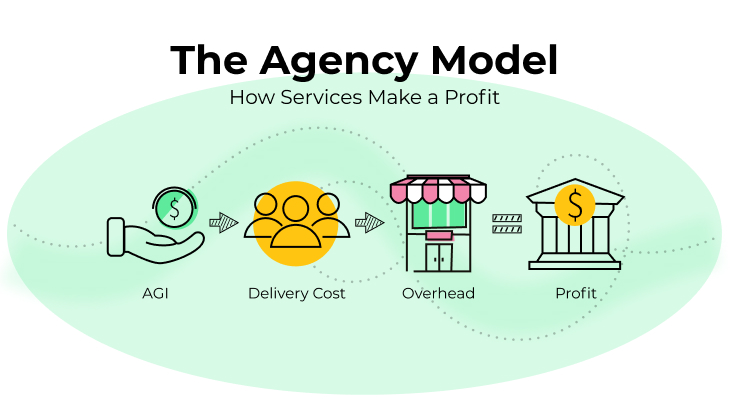
Subtract your delivery cost – what it costs you to get things done for clients, which includes expenses such as your employee labor costs and manpower hours from freelancers, as well as software or subscriptions – from your AGI.
You’ll then need to subtract your overhead, which covers the costs needed to run your business, like accounting, legal, rent for your office, and internet and other utilities. Once you subtract your delivery cost and overhead from your AGI, you’ll have your profit.
It’s extremely difficult to determine agency profitability based on a specific project or client. Instead, Marcel recommends you look at your profitability on a birds’-eye level, focusing on the impact of your delivery costs.
Pricing vs. Scoping
While pricing and scoping are related concepts, they are two separate exercises that should be calculated and considered differently by your agency.
Pricing is asking the question “what will the client pay?” Conversely, scoping can be understood as “what will it cost us?” to do the work for the client.
Scoping should be done internally, whereas pricing can be shared directly with your client. There should be enough margin between your pricing and scoping that a project is profitable for your agency.
You can’t force your scope to fit into your price. Rather, you should do scoping before you enter into pricing negotiations with your client. If you know you’ll have a low margin between your scoping and pricing from the get-go, lower profitability on a particular project won’t be a surprise, and you can plan for this scenario more effectively.
How to calculate a delivery margin
The formula for delivery margin is AGI minus delivery costs, divided by AGI. For example, if your client is paying $1 million for a project, and you spend $400,000 in delivery costs, your delivery margin will be 60%. According to Marcel, a delivery margin of 50% or more is ideal.
What goes into delivery cost?
Generally, this is the time your employees spend to get the project done. If your employees are salaried, you’ll look at the number of hours they spend on the tasks and the cost per hour, and if they’re freelancers, you’ll look at their fee per hour or the flat rate they charge.
Before putting a price in front of a client, you should calculate your delivery cost so you can either set your pricing accordingly or understand if a particular project will be less profitable than you’d like.
How should you calculate the price of a service?
Determining how you’ll price your services begins with understanding client perception around the value your agency is providing, and the risk to your agency when it comes to estimating the delivery costs of the project.
High value vs. Low value service
There are high value and low value services, depending on your client’s perspective. A high value service is something perceived by your client as being critical for their business success, due to positioning, scarcity on the market, and the clients’ needs.
A low value service is perceived by your client as being commonplace, and easy to obtain elsewhere. There are likely plenty of competitors providing the same thing.
High risk vs. Low risk services
For your agency, a low risk service is a service you can provide with minimal variation around the time and resources needed for delivery. Whether it’s a staple service of your agency with costs to you that are predictable within 10% each time you provide it, or something that you can complete with the help of reliable software and an experienced team, a low risk service means you know exactly how much time and what assets you’ll need to allocate to providing that service.
If it’s difficult for you to gauge upfront how much time or how many resources you’ll need to complete a particular project, then you’re talking about a high risk service. Whether it’s something you’ve never done before and that requires significant trial-and-error, or bespoke, custom services that are outside of your usual offerings, high risk services require an unknown amount of time, energy, and effort.
How to price at each quadrant
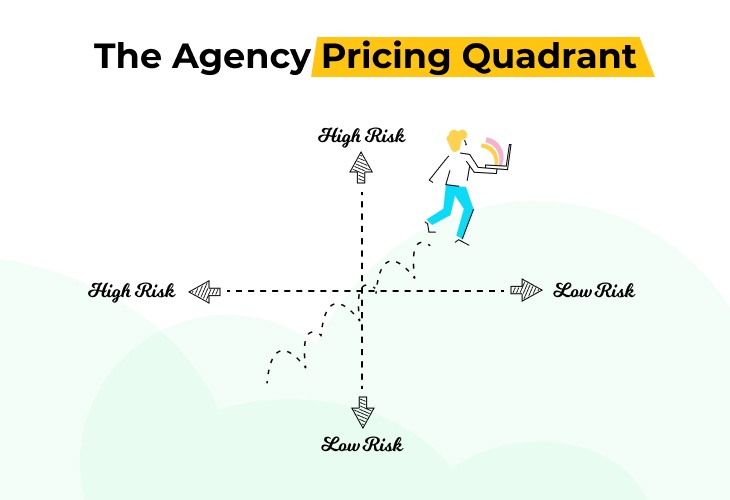
High risk & low value pricing
Time plus materials billing, also known as hourly billing, is the best way to share risk with the client when you’re engaging in a high risk project. This helps your agency absorb the fact that it’s high risk work, while protecting your margins in the event that the scope of the project changes.
High risk & high value pricing
Abstracted time and materials are ideal for this kind of work, Marcel says. Instead of selling at an hourly rate, you’ll offer pricing on a larger, time-based scale, such as a two-week or month-long project. This also gives you wiggle room for a higher price point, and clients can enjoy the freedom of making additional requests or edits within that time frame without being billed extra.
Low risk & low value pricing
Flat fees are your best option for low risk, low value work, says Marcel. This is the ideal billing model for work that you have an efficient process in place for the project, that will take you minimal time and resources to deliver.
Low risk & high value pricing
You should consider value-based pricing for low risk, high value projects. This is the time to consider what value the project will provide your client, and understand what they’re willing to pay to get there. Value-based pricing allows you to anchor the cost to the value of the project, rather than the actual time your business will spend on making it happen.
Pricing is fluid, not permanent
“As you go through your journey as an agency, it’s natural for serving offerings that start in one area to gravitate” away from high risk and towards higher value, Marcel notes. “Generally, as you do a service more often, you’ll develop better processes and systems and collect more data about how long it takes you to do things, so the risk should decrease over time.”
Marcel adds that as your business matures and your positioning and portfolio strengthen over time, your perceived value to your clients will increase accordingly. Don’t feel like your prices are set in stone – while you obviously can’t change your rates while you’re already engaged in a project, you can definitely charge more for your services as you continue to grow your business.
Watch the full webinar
About Marcel Petitpas
Marcel is an agency expert specializing in providing guidance to creative agencies, consultancies and service businesses looking to boost their revenue. He is the CEO and founder of Parakeeto, a consulting and technology firm dedicated to helping digital agencies understand their key metrics and optimize their profitability. Marcel hosts the Agency Profit Podcast, which focuses on helping agencies and consultancies run more profitably. The head strategic coach at SaaS Academy, the #1 coaching program for B2B SaaS businesses in the world, Marcel has helped hundreds of agencies streamline their cash flows and increase their bottom lines.
About vcita
vcita partners with leading marketing organizations that seek to propel SMB growth and digitalization, putting them at the center of their small business clients’ business operations. If you want to learn more about how vcita can help your agency grow, get in touch with us.






















